501(c)(3) Public Charities and Ballot Measures
501(c)(3) public charities may legally express positions on ballot initiatives, referenda, state constitutional amendments, city charter amendments, bond measures, and other policies put to a direct vote of the public (although they must be careful not to suggest support or opposition to any candidates for public office). Ballot measure advocacy can be an important tool for public charities to help create better laws for the communities they serve. Ballot measures are often used to tackle issues not adequately resolved by current state policy or that elected representatives may be hesitant to sponsor.
Working on ballot measures may also help organizations connect with individuals or communities they might not otherwise have an opportunity to work with. Advocacy for the adoption or rejection of ballot measures usually qualifies as lobbying under federal tax law, which is permitted, within limits, for 501(c)(3) public charities.
There are two possible methods for a 501(c)(3) public charity to use to measure its lobbying: the Insubstantial Part Test or the 501(h) Expenditure Test. If a public charity uses the Insubstantial Part Test (the default test), it is permitted to lobby as long as its lobbying is limited to an “insubstantial part” of the organization’s overall activity. Unfortunately, the IRS has provided little guidance regarding what “insubstantial” means under the Insubstantial Part Test (though most tax attorneys suggest that it probably means no more than 5% of the organization’s overall activities, including those conducted by volunteers), or even a definition of lobbying. Most attorneys advise that anything an organization does to influence or to advocate for or against a ballot measure will count as lobbying under the Insubstantial Part Test.
Under the 501(h) Expenditure Test, most public charities can safely conduct more lobbying – and, therefore, more ballot measure advocacy – than they would be able to under the Insubstantial Part Test. Under 501(h), lobbying is counted exclusively by how much money an organization spends on lobbying activities (money on staff time, lobbying preparation, travel, copies, etc.). Our publication, Worry Free Lobbying for Nonprofits, discusses this in more detail (on page 7).
Lobbying under 501(h) is also narrowly defined and broken into direct lobbying and grassroots lobbying, so not all advocacy aimed at influencing legislation will count as lobbying. For more information, review our factsheet: Maximizing Your Lobbying Limit: Electing the 501h Expenditure Test.
A ballot measure advocacy activity will qualify as direct lobbying if it includes a communication to the general public expressing a view about a specific ballot measure.
NOTE: If a public charity makes a grant to another public charity specifically for work on ballot measure advocacy, it will have to count the amount of the grant against its own lobbying limits. On the other hand, if a public charity provides a general support grant to another public charity, or uses the “specific project safe harbor” available to private foundations, it will not have to count its grantee’s ballot measure advocacy against its own lobbying limits. If a public charity grants money to a 501(c)(4) ballot measure committee, it should specify exactly how much money is to be used on lobbying and count that amount against its own lobbying limits. Otherwise, the entirety of the grant will be treated as a grassroots lobbying expenditure by the IRS.
501(c)(3) public charities may collaborate with non-501(c)(3) entities on ballot measure advocacy efforts, as long as they remain 501(c)(3)-appropriate by never showing support or opposition to any candidates for public office.
